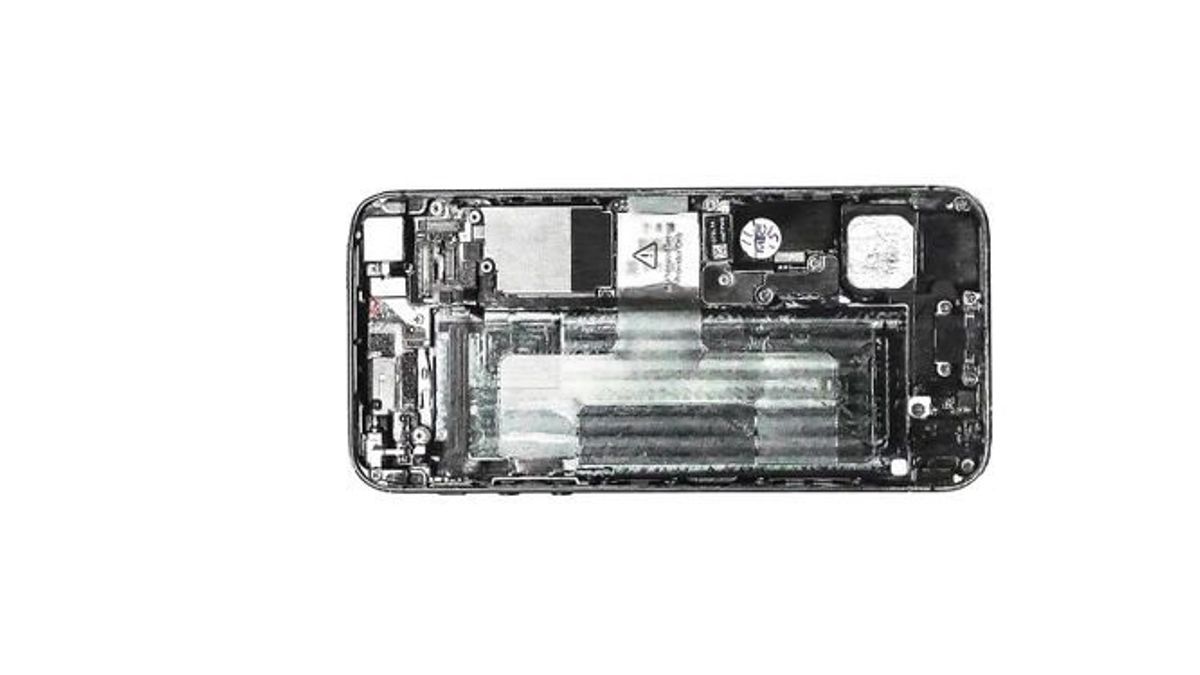JAKARTA - When you buy a used device or get an unauthorized repair, you run the risk of getting counterfeit parts on your iPhone. Used iPhones can have some defects, so it's a good idea to buy a device that still has the original parts. Genuine iPhone parts are designed not only to function, but also to meet the safety requirements required for everyday use.
With a genuine iPhone, your used device may still be covered by Apple's warranty for repair or recall of a manufacturing defect. Here are a few methods to find out if your used iPhone still has all of its original parts.
Pay Attention to Notifications
With iOS 13.1 and later, Apple started issuing warnings to iPhone users who have non-genuine parts. While this usually appears as a notification on the Lock Screen, you can also go to Settings > General > About.
If your device has non-genuine parts, it will display a warning that says, "Unable to verify that this iPhone has genuine Apple [parts]." This may be the case for iPhones with aftermarket or counterfeit displays.
With iOS 14.1 and later, iPhones with non-Apple authorized camera replacements will also display "Unable to verify that this iPhone has a genuine Apple camera".
Currently, this warning does not cover all parts of the iPhone. However, the camera and screen are the two most common iPhone parts with repair problems.
Go to Battery Health Settings
On iPhones with genuine parts, battery health naturally declines with time and use. However, poor battery life can also be a sign that your device has been tampered with.
Battery health dropping at an unusual rate can sometimes be an indication that your device is working harder to keep up with non-genuine parts. Counterfeit parts often function at a possible usable level, but are not sustainable in the long term for your iPhone.
In 2021, Apple released an update that allowed all iPhone models released from 2018 onwards to show a warning for a non-genuine battery. If you bought an iPhone XS, XS Max, XR, or later, you'll get this warning automatically.
The warning reads, “Unable to verify that this iPhone has a genuine Apple battery. Health information is not available for this battery.”
Once Apple identifies a non-genuine part, it will keep the alert on your Lock Screen for four days and in Settings for 15 days. You can also check Settings > Battery > Battery Health at any time.
Look at the Liquid Detection Indicator
Every generation of iPhone has a built-in water sensor located in the SIM card tray slot, as described on the Apple Support website. For older iPhone models, the liquid sensor is also in the headphone jack or charging dock connector. Most fake iPhone makers will not copy the liquid detection indicator because few people are willing to check it.

In general, Apple uses a white indicator, but it will turn red or pink when exposed to water. The liquid detection indicator helps identify if your used phone has had water damage before and is at risk of corrosion.
If you determine that your iPhone has water damage, it's likely that it also has a repair history from an unauthorized service provider. Apple-certified repair centers are only allowed to replace entire devices if they come into contact with liquid, not one at a time.
Take Your iPhone to the Apple Store
When all else fails and you're still not sure if your device is legit or not, Apple can tell you for sure.
The English, Chinese, Japanese, Arabic, and French versions are automatically generated by the AI. So there may still be inaccuracies in translating, please always see Indonesian as our main language. (system supported by DigitalSiber.id)











